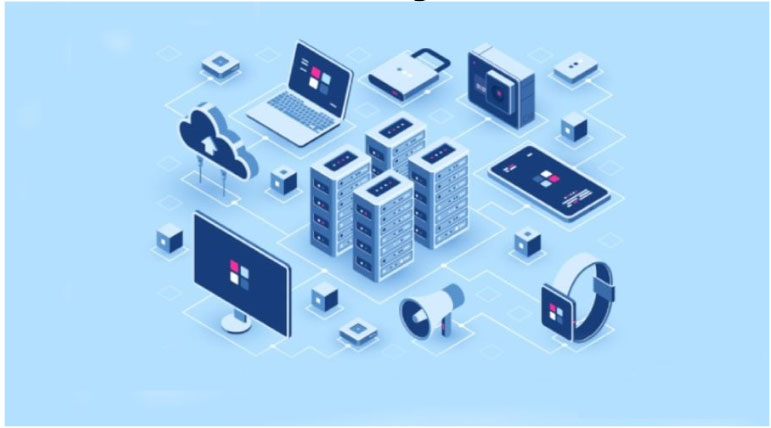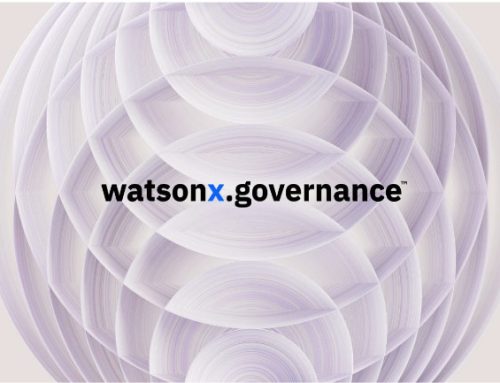
The Invisible Handicap: Is Your AWS Architecture Holding Your AI Ambitions Hostage?
Your data science team has built a promising generative AI model. Your executive team has approved the budget. Yet somehow, your AI initiative is hemorrhaging costs, delivering predictions at a crawl, or worse, failing to scale beyond proof-of-concept.
The culprit isn’t your algorithms or your talent. It’s the AWS architecture underneath.
Most organizations treat infrastructure as an afterthought, bolting AI workloads onto legacy AWS environments designed for web applications or batch processing. This architectural mismatch creates invisible bottlenecks that sabotage even the most sophisticated machine learning initiatives.
The result? Training runs that should take hours stretch into days. Inference costs spiral out of control. Data pipelines break under production loads. Your competitive advantage evaporates while you troubleshoot infrastructure instead of innovating.
The Data Gravity Problem: When Your Data Can’t Reach Your Models
AI models are only as good as the data they consume, but in most AWS environments, that data is scattered across S3 buckets, RDS instances, DynamoDB tables, and third-party SaaS platforms. Each silo introduces latency, requires custom ETL logic, and multiplies security complexity.
When your training pipeline needs to join customer data from Aurora with clickstream data from Kinesis and product catalogs from S3, you’re not doing machine learning… you’re doing data archeology.
The solution lies in architecting for data gravity using AWS Lake Formation as your central governance layer. Lake Formation provides fine-grained access controls, automated data cataloging through AWS Glue, and unified metadata management that makes disparate data sources appear as a single logical dataset.
By implementing a medallion architecture (bronze layer for raw ingestion, silver for cleaned and conformed data, gold for feature-engineered datasets) you create a foundation where data scientists spend time building models instead of hunting for data.
Purpose-built databases complete the picture:
- Amazon Timestream handles high-velocity time-series data from IoT sensors without the overhead of provisioning and managing time-series tables in RDS.
- DocumentDB stores semi-structured product catalogs and user profiles that feed recommendation engines.
- Neptune powers knowledge graphs that enhance retrieval-augmented generation systems.
Each service is optimized for specific access patterns, eliminating the performance penalties of forcing every workload into a general-purpose relational database.
Compute Economics: Why Your GPU Bill Is Out of Control
Here’s an uncomfortable truth: most AI workloads running on GPU instances are wasting money. P4d and P5 instances with NVIDIA A100 or H100 GPUs deliver exceptional performance, but they’re overkill for many inference workloads and even some training jobs. At $32+ per hour for a single p4d.24xlarge instance, poor compute selection becomes a budget killer.
AWS Inferentia2 and Trainium chips represent a strategic alternative designed specifically for machine learning. Inferentia2 instances (Inf2) deliver up to 4x better inference throughput per watt than comparable GPU instances, with pricing that’s 40-70% lower.
For transformer-based models—the backbone of modern generative AI—Inferentia2’s architecture excels at matrix multiplication and attention mechanisms. Trainium instances (Trn1) offer similar advantages for training, particularly for models up to 100 billion parameters.
The decision matrix isn’t binary. Training large language models from scratch still demands GPU horsepower, particularly P5 instances with NVSwitch interconnect for multi-node distributed training. But fine-tuning pre-trained models often performs admirably on Trainium. Real-time inference for chatbots and summarization engines thrives on Inferentia2.
Batch inference for document processing or data enrichment might run most economically on Graviton-based G5g instances. The key is matching compute architecture to workload characteristics rather than defaulting to GPUs because that’s what everyone uses.
MLOps: Turning Models Into Reliable Production Assets
A model that performs brilliantly in a Jupyter notebook but fails in production is worthless. The gap between experimentation and production reliability is where most AI initiatives stumble.
Without proper MLOps pipelines, model deployment becomes a manual, error-prone process where data scientists hand off artifacts to DevOps teams who lack context, while nobody tracks model performance drift or can roll back failed deployments.
AWS SageMaker Pipelines provides the orchestration framework for automating the entire machine learning lifecycle. A properly architected pipeline includes data validation steps that check for schema drift and data quality issues before training begins.
Training jobs use SageMaker’s built-in algorithms or custom containers, with hyperparameter tuning managed through automatic model tuning. Model registry versioning ensures you always know which artifact corresponds to which training run.
Critically, conditional deployment steps use model quality metrics to gate production rollout. If accuracy drops below threshold, the pipeline halts rather than deploying a degraded model.
Integration with AWS CodePipeline extends MLOps to full CI/CD:
- Infrastructure as code through CloudFormation or Terraform means your model serving endpoints, feature stores, and monitoring dashboards are versioned and reproducible.
- EventBridge triggers automated retraining when data drift is detected by SageMaker Model Monitor.
- Lambda functions orchestrate A/B tests between model versions.
This isn’t over-engineering. It’s the difference between AI as a science project and AI as a reliable business capability.
Your AWS Architecture Is Your AI Strategy
The uncomfortable reality for technical leaders is that AI success isn’t primarily about model selection or hiring more data scientists. It’s about whether your AWS foundation can handle the unique demands of data-intensive, compute-heavy, continuously-learning systems.
The organizations winning with AI aren’t necessarily those with the largest budgets. They’re the ones who architected their cloud environment specifically for machine learning from day one.
Is your AWS architecture accelerating your AI roadmap or secretly sabotaging it?
Let the experts at ASB Resources audit your current AWS environment and design an optimized architecture purpose-built for your AI workloads. Schedule a call with one of our experts today!







